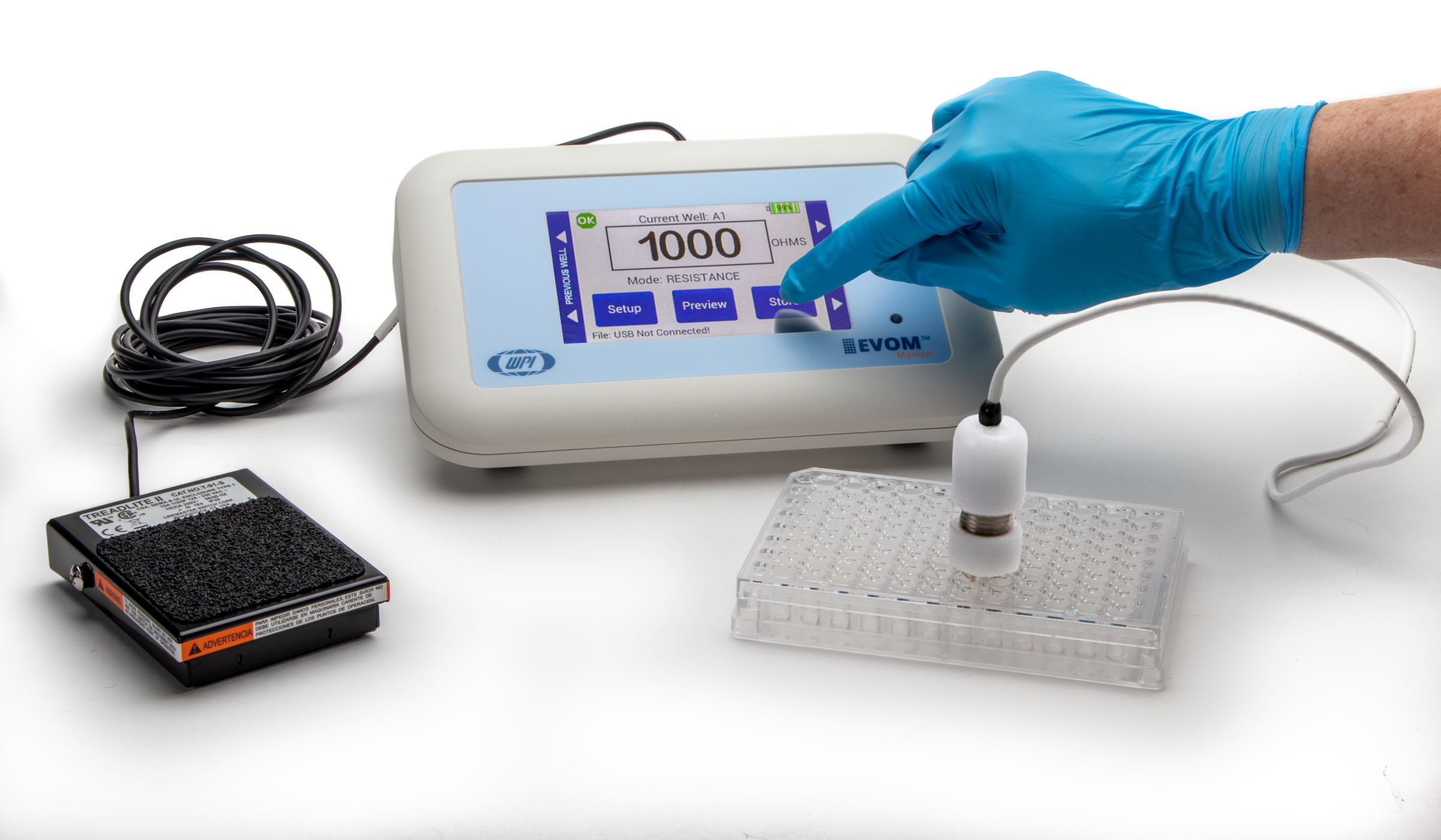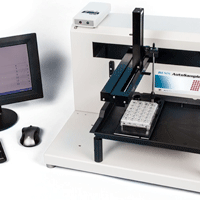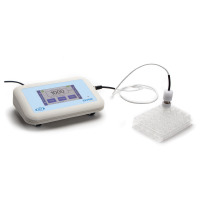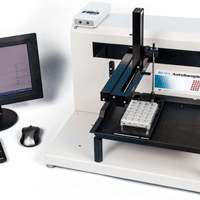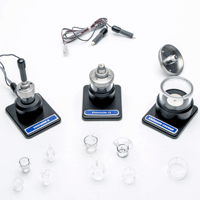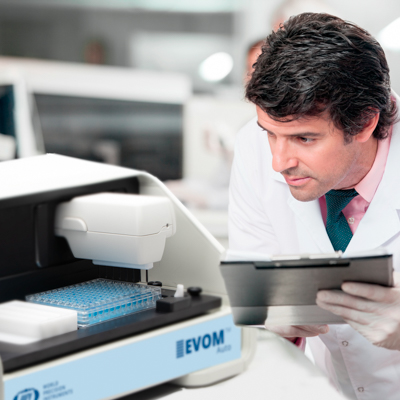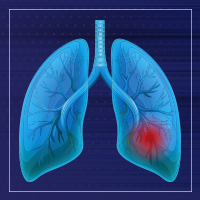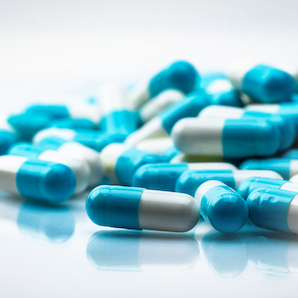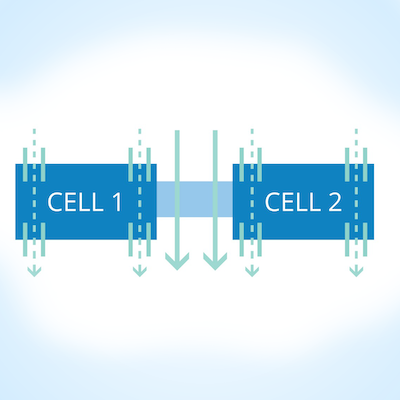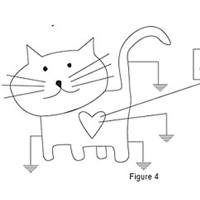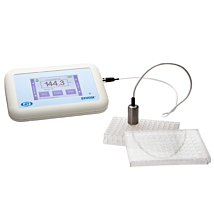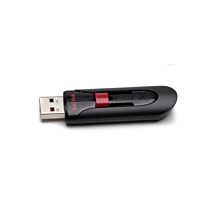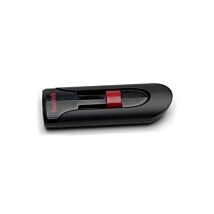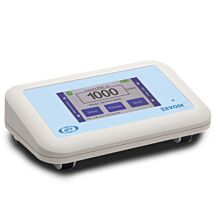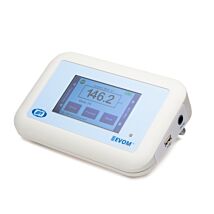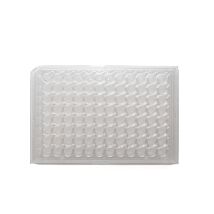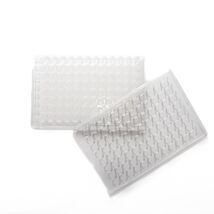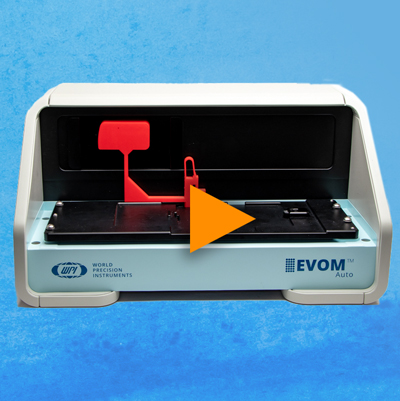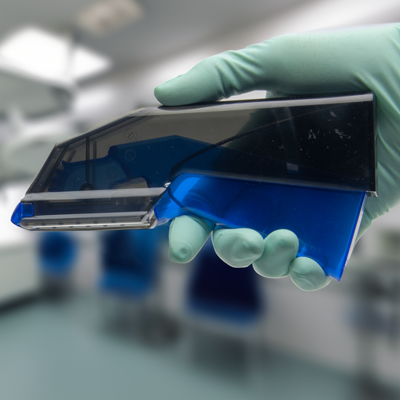This website uses cookies to ensure you get the best experience on our website.
Read more
Applications for TEER Measurement in Drug Discovery
July 19, 2023
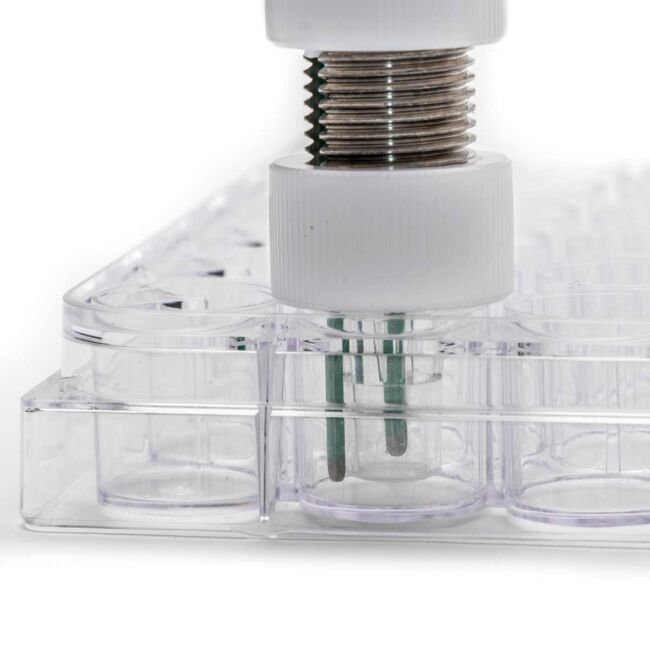
Applications for TEER Measurement in Drug Discovery

Transepithelial/Transendothelial Electrical Resistance (TEER) is a technique used in modern research and drug discovery that measures the electrical resistance across a cell monolayer, which is influenced by the tight junctions between adjacent cells. TEER measurement is commonly used to assess the barrier properties of epithelial and endothelial cell layers, and it has become an essential tool for evaluating the biology of tissues, pathology of diseases, and safety and efficacy of drugs and drug delivery systems. Researchers use TEER to qualitatively measure the integrity of barrier tissues, such as those found in the lining of the gut, lungs, kidneys, reproductive tissues, brain, and other organs, and to quantitatively measure cell confluence. Here, we examine how TEER is currently used in research and drug discovery, including its applications, advantages, and limitations.
Principle of TEER Measurement
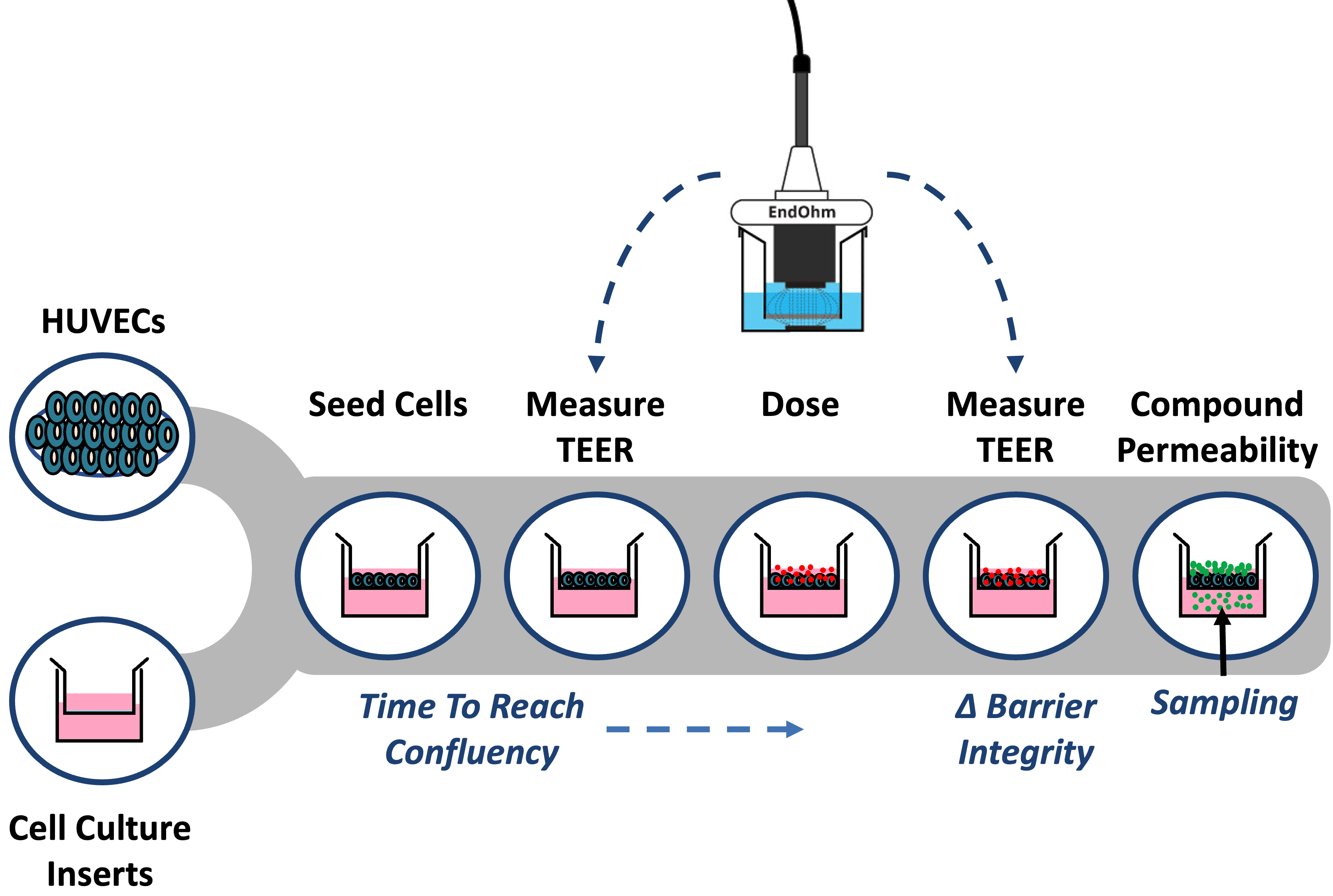 TEER measurement is based on the principle that a cell monolayer acts as an electrical barrier, and the resistance to electrical current flow is proportional to the integrity of the cellular barrier. The measurement is carried out using a specialized electrode array, which is made up of two pairs of electrodes separated by a gap. Each pair has two electrodes, one applying electrical current and the other for voltage detection. One electrode pair is placed on the apical side of the cell monolayer, and the other is placed on the basolateral side.
TEER measurement is based on the principle that a cell monolayer acts as an electrical barrier, and the resistance to electrical current flow is proportional to the integrity of the cellular barrier. The measurement is carried out using a specialized electrode array, which is made up of two pairs of electrodes separated by a gap. Each pair has two electrodes, one applying electrical current and the other for voltage detection. One electrode pair is placed on the apical side of the cell monolayer, and the other is placed on the basolateral side.
An ultra-low-level current (10 µA) is then passed across the current electrodes, and the voltage drop across the gap is measured using the voltage electrodes. The resistance of the cell monolayer is calculated using Ohm's law, which states that resistance is equal to the voltage divided by the current.
[R=V/I, where R is the measured resistance, V is the voltage across the membrane, and I equals the current applied across the membrane.]
Applications for TEER
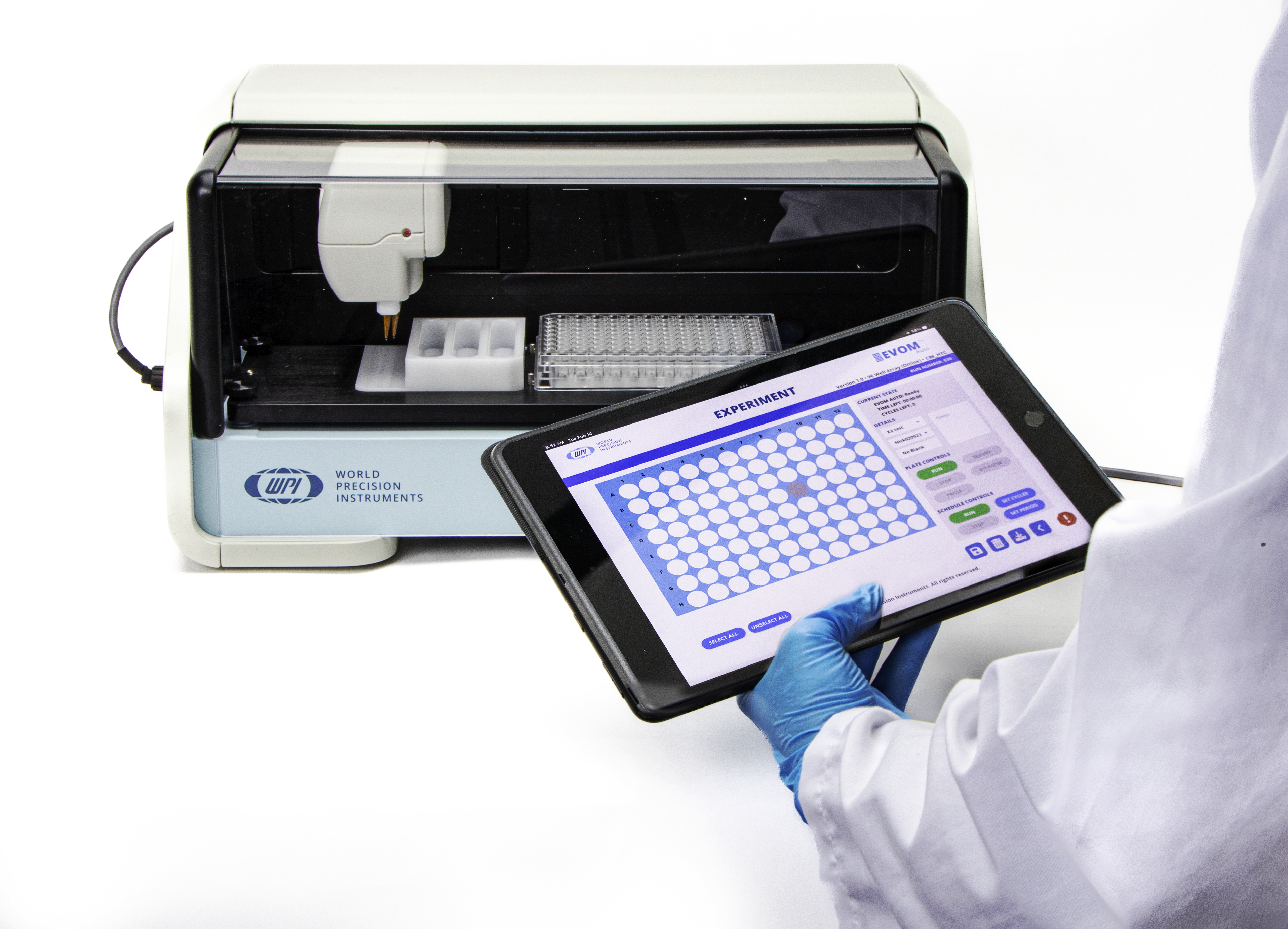 One of the primary applications of TEER measurement is in the study of cell barrier function. The technique can be used to evaluate the integrity of epithelial and endothelial cell layers, which are essential for maintaining the physiological functions of tissues and organs. For example, the blood-brain barrier (BBB) is a specialized endothelial cell layer that separates the brain from the circulatory system. The BBB plays a crucial role in protecting the brain from harmful substances, but it also limits the delivery of drugs to the brain. TEER measurement can be used to evaluate the permeability of the BBB and to screen drug candidates for their ability to cross the barrier since the electrical resistance is the inverse function of conductance.
One of the primary applications of TEER measurement is in the study of cell barrier function. The technique can be used to evaluate the integrity of epithelial and endothelial cell layers, which are essential for maintaining the physiological functions of tissues and organs. For example, the blood-brain barrier (BBB) is a specialized endothelial cell layer that separates the brain from the circulatory system. The BBB plays a crucial role in protecting the brain from harmful substances, but it also limits the delivery of drugs to the brain. TEER measurement can be used to evaluate the permeability of the BBB and to screen drug candidates for their ability to cross the barrier since the electrical resistance is the inverse function of conductance.
Because the normal TEER values are known for a variety of tissue and organ-systems, TEER is a critical measurement to consider when modeling a variety of diseases. TEER measurements can be used to recreate the physiological conditions of normal tissues and used to study the impact of various diseases on the epithelial barrier function. Diseases known to have impaired barrier function include:
- Inflammatory bowel diseases such as Crohn’s disease and ulcerative colitis.
- Celiac disease.
- Respiratory diseases include asthma, COPD, and cystic fibrosis.
- Kidney diseases and kidney injury.
- Neurological disorders like multiple sclerosis and stroke.
- Infectious diseases caused by bacteria, viruses, and parasites.
- Cancer and cancer metastasis.
TEER measurement is also useful in drug delivery and therapeutic permeability studies. Drug delivery systems are designed to enhance the efficacy and safety of drugs by controlling their release and targeting specific tissues and cells. TEER measurement can be used to assess the ability of drug delivery systems to penetrate epithelial and endothelial cell layers and the efficacy to release drugs at the desired site of action. For example, liposomes are a type of drug delivery system that can be used to encapsulate drugs and deliver them to specific tissues. TEER measurement can be used to evaluate the ability of liposomes to cross cellular barriers and to release drugs at the desired site of action. By measuring the TEER before and after drug exposure, researchers can determine whether the drug has crossed the cell layer and whether it has affected the integrity of the cell layer.
TEER can also be used to assess the toxicity of drugs and other compounds. If a drug or compound causes a decrease in the TEER measurement, it demonstrates a breakdown of the barrier tissue and indicates that the drug or compound may be toxic. TEER can also be used as a screening tool in drug discovery to identify compounds and their effective concentrations that can enhance or maintain the integrity of epithelial cell layers. This can be particularly useful in the development of drugs to treat diseases characterized by compromised epithelial barriers, such as inflammatory or ulcerating intestinal diseases. And TEER measurements can be used as a quality control tool in the manufacturing of biomedical devices and therapeutic products, such as artificial organs and drug delivery systems, that require a stable and functional epithelial barrier.
Advantages of TEER for Assessing Cell Barrier Function
TEER measurement has several advantages over other methods used to assess cellular barrier function. One of the most significant advantages is that it provides real-time, quantitative measurements of cell barrier function, and the experimental measurement setup is simple. Unlike other methods, such as permeability assays, TEER measurement does not require the use of any fluorescent or radioactive labels, which can interfere with cell function and alter the results. Additionally, TEER measurement is a non-destructive technique that can be used to monitor cell barrier function over time, allowing researchers to make this measurement repeatedly, without harming the cells. This is particularly useful in longitudinal studies that aim to evaluate the effects of drugs and other interventions on cell barrier function. TEER is also cost-effective and easy to perform, making it an assay of choice across research and pharmaceutical laboratories.
Limitations of TEER Measurement
TEER measurement has certain limitations that must be considered to determine an appropriate experimental setup for optimal outcomes and additional studies which may be required to overcome them. One of the limitations of TEER is that it measures only the resistance of the cell monolayer and does not provide information about the structure and composition of the barrier. Molecular studies, like protein localization and expression, may need to be done to understand the root cause of the physiological property change.
TEER measurement is sensitive to environmental factors, such as temperature, humidity, and pH, which can affect the resistance of the cell monolayer. Acclimating all samples to a stable temperature and environmental conditions for 15 minutes prior to making measurements should mitigate the effects of environmental factors from TEER readings.
TEER measurement can also be affected by the presence of extracellular matrix (ECM) components, such as collagen and fibronectin, which can influence the electrical properties of the cell monolayer. By including an appropriate blank and subtracting the blank measurement, the effect of ECM protein coatings or the presence of these ECM proteins in samples can be minimized or eliminated from the final TEER data.
WPI TEER Technology
TEER measurement is an essential tool in modern research and drug discovery. TEER provides real-time measurements of cell barrier function and can be used to understand normal physiology, study disease pathology, and evaluate the safety and efficacy of therapeutics for clinical use. World Precision Instruments (WPI) pioneered the science of TEER measurement over 30 years ago, and today the EVOM™ family of TEER measurement products are focused on rapid, reproducible, and high throughput TEER measurement for drug development. WPI’s EVOM™ family of TEER technology has been cited in over 16,000 peer-reviewed, scientific journals. If you have questions about TEER, give us a call at (866) 606-1974 or email us at [email protected]. We would love to know how you use TEER measurement.

Close


